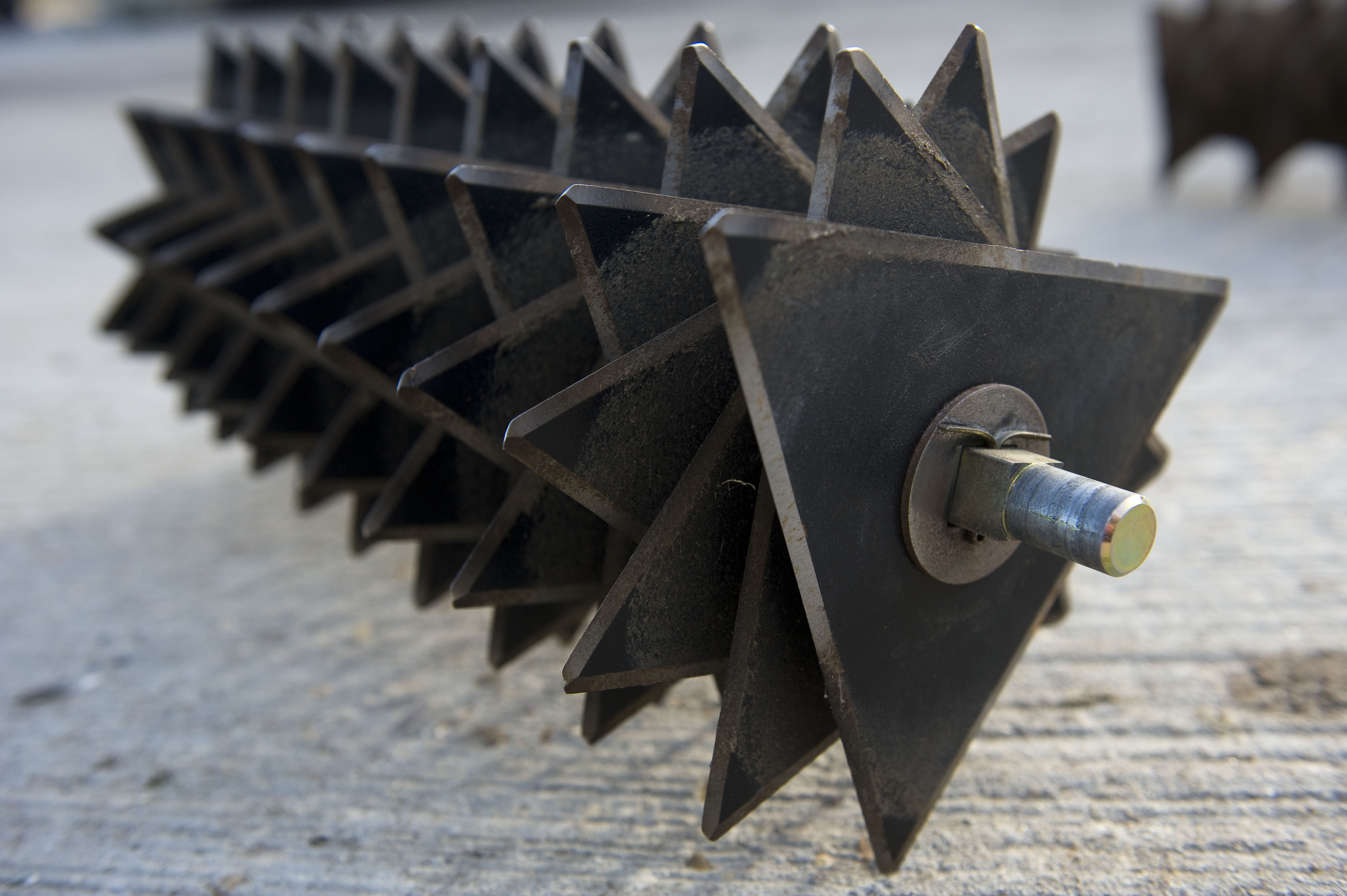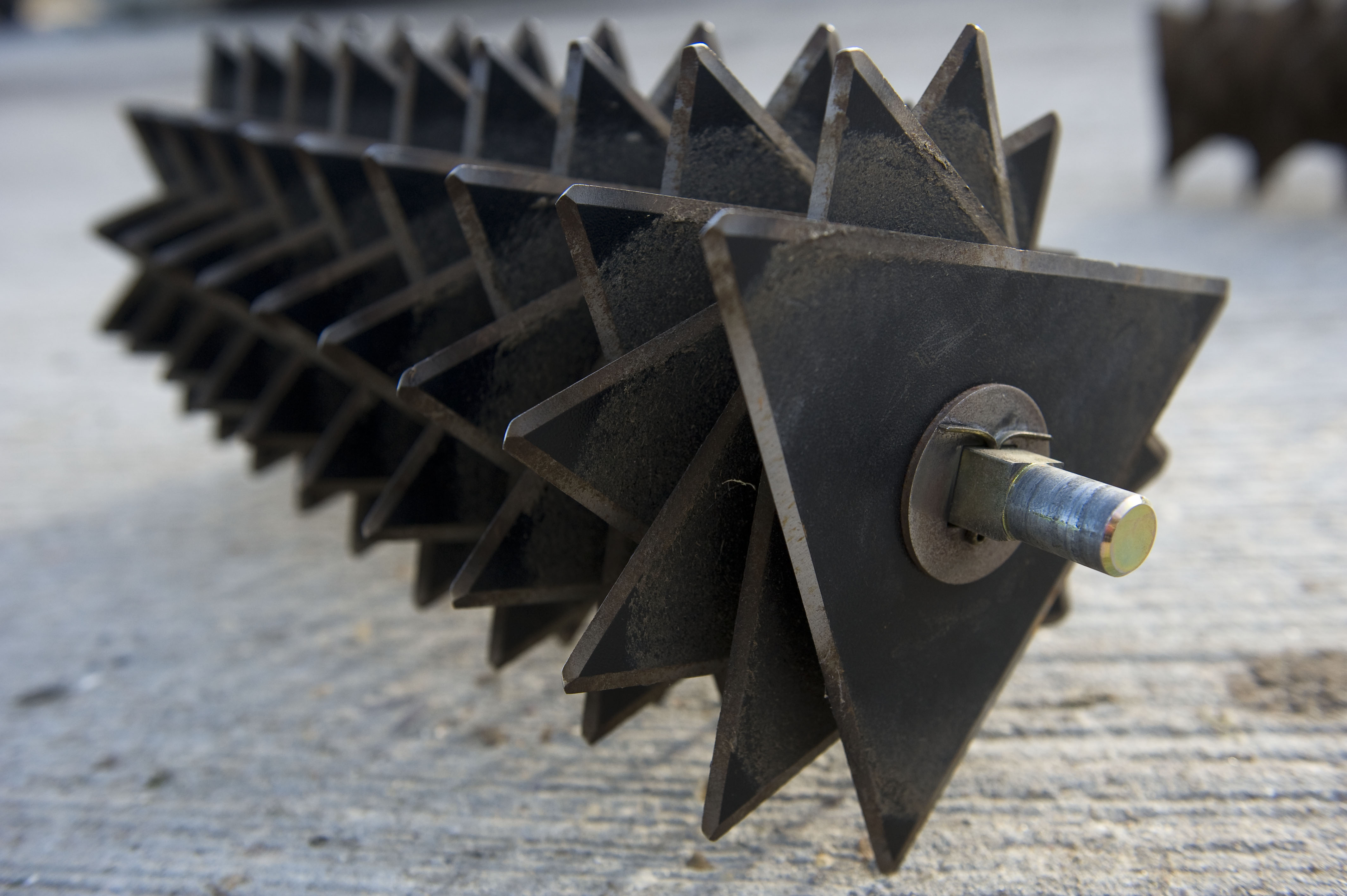Verti-cutting
As the name suggests, verticutting is where the plant is cut vertically not horizontally (as with a rotary or cylinder mower) and the arisings (clippings) are collected and removed. The critical difference between verticutting and scarification is that the blade tips are set 2 mm – 3mm above the ground surface and therefore do not cut into the soil.
By cutting the grass plant this way you can:
Trim horizontal growth helping to maintain good plant density (number of plants per square metre).
Encourage vertical growth of the plant which will help maintain ground cover as cut height is reduced to prepare pitches.
Lift out older leaves near the base of the plant reducing the rate at which thatch accumulates.
Get more air to the base of the plant, improving plant health.
Because the blade does not cut into the surface, verticutting will not remove thatch, but it will help to prevent the build-up of thatch by removing leaf litter from the sward which might otherwise go on to form thatch.
Regular verticutting when the grass is actively growing is an important cultural practice. It has a good effect on the square in the spring removing dead material created during the winter.
Avoid verti-cutting during periods of drought because the action increases the surface area and increases surface drying. Verticutting during hot and drying conditions may also encourage the formation of seed heads on annual meadow grass.
Verticutting can be carried out using a powered pedestrian unit, units mounted on a triple mower or as a gang mower system powered by a tractor.
Benefits
• Removal of leaf litter to prevent the formation of thatch.
• To remove lateral growth, prevent individual plants from becoming overly large and therefore mean less manual raking when producing individual pitches.
• A reduction in the potential for annual meadow grass invasion by producing a denser sward
• A reduction in the potential for disease attack
• To produce an upright grass prior to mowing, which will assist in giving a cleaner more even cut
Practical Tips
• On cricket squares it is vital that the verti-cutting unit is set 2-3 mm above the soil surface when working on the square. If you cut into the soil surface, even lightly, this can cause near-surface cracking as the soil dries out which will cause the pitch to break up too quickly during play – do not scarify before pitches are used.
• Make sure the ground conditions are fit to carry out verticutting, drag brushing the square before will remove any dampness and worm casts
• If the machine (wheels/rollers) makes any marks or damages the surface, the ground condition are not correct, do not continue and try again when ground conditions are drier and firmer.
• Always collect the arisings when verticutting on the square.



 Tweet
Tweet